

Desde la semana pasada estamos sufriendo una ola de frio Siberiana en Europa. El fin de semana anterior hacia -38 C en la República Checa, - 20 C en algunas zonas de España,... y como el famoso dicho de "a mal tiempo buena cara" vamos a ver el lado bueno de esto y adaptarlo a nuestro armario. Y que mejor forma de hacerlo que con prendas de lana. / Since last week we are suffering from really cold weather in Europe. The weekend before, they had -38 C degrees in the Czech Republic, -20 C in few places in Spain, ... and as the popular proverb "when lives gives you lemons, make lemonade" let's look on the bright side and convert it on our wardrobe. And what a better way than with wool clothing.

Las prendas de lana no son una novedad, ni la tendencia mas cool del momento, pero desde hace miles de años, ha servido de abrigo a la humanidad, y cada día es un producto mas caro y codiciado. Y es caro porque su elaboración es costosa, ademas de tener elevados perjuicios medioambientales. / Wool clothing isn't nothing new, not even the coolest trend of the moment, but since thousands years it has been a warm garment, and each day is more expensive and covet. It is expensive because producing it's no cheep at all plus it has many high environmental damage.
La historia de la lana.

La fecha exacta en que el hombre empezó a utilizar la lana se desconoce, pero los expertos coinciden en que fue hace unos 11.000 años en el suroeste asiático, exactamente en la zona de la actual Irán./ The exact time when men started to use wool it's not know but the esperts belive that it was 11.000 years ago on the south-west of Asia, exactly in the place that is set right now Iran.
En 1789 Australia comenzó a fabricar lana tras importar 29 ovejas merinas españolas. A día de hoy, es el mayor país productor de lana del mundo. / In 1789 Australia started to manufacture wool, after importing 29 merino sheep from Spain. Today, it's the biggest country that produce wool on the whole world.
La producción de la lana de los años 80 a la actualidad se ha reducido en unas 500 toneladas menos. Ello se debe, a que han salido al mercado otros tejidos mas económicos. / From the 80's to this moment the production of wool has been reduce in 500 metric ton less. That is because it has been lunch another fabrics less expensive.
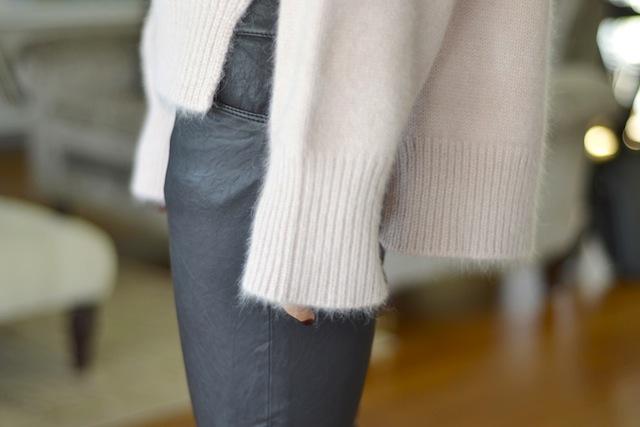
En la actualidad el 40% de la lana que se produce viene de las ovejas merinas, el 47% de otras ovejas cruzadas con merinas, y el 17% restante de otros animales como el camello, la alpaca, la llama, el yak, el guanaco, y las cabras de Angora, Mohair y Cachemira. / At the present the 40% of wool come from merino sheep. the 47% from others sheep crossed with merinos, and the 17% that is left come from other animals such as camel, alpaca, the llama, the yak, the guanaco, and the Angora, Mohair and Kashmir goats.

Datos curiosos de la lana. / Bizarre info about wool.
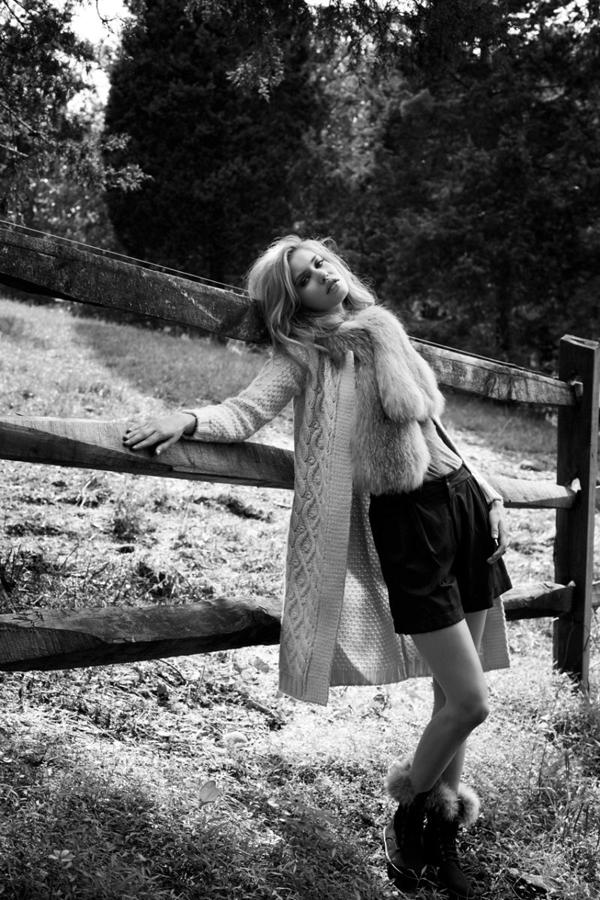
- En el antiguo Egipto la lana estaba consideraba como algo impuro. / In the ancient Egypt wool was consider as something impure.
- La lana de la antigüedad no tiene nada que ver con la actual. Ahora es de mejor calidad, porque la oveja ha ido evolucionando. / The old days wool has nothing to be like with this time one. Now, it has better quality, because the sheep has been evolve.
 - Si una oveja no fuera esquilada, la lana constituiría una carga insoportable para el animal. / If the sheep wouldn't be shear, the wool would be unbearable for the animal.
- Si una oveja no fuera esquilada, la lana constituiría una carga insoportable para el animal. / If the sheep wouldn't be shear, the wool would be unbearable for the animal. - La lana puede absorber hasta el 40% de su peso en agua, por eso cuando tenemos que escurrir una prenda de lana es tan difícil. Lo bueno es que la lana libera rápidamente el agua, cuando el ambiente deja de ser húmedo./ Wool can obsorb until 40% of its weight in water, that is why when we have to drain a wool clothing it's so difficult. The positive part is that wool release quick the water when the environment stop been damp.
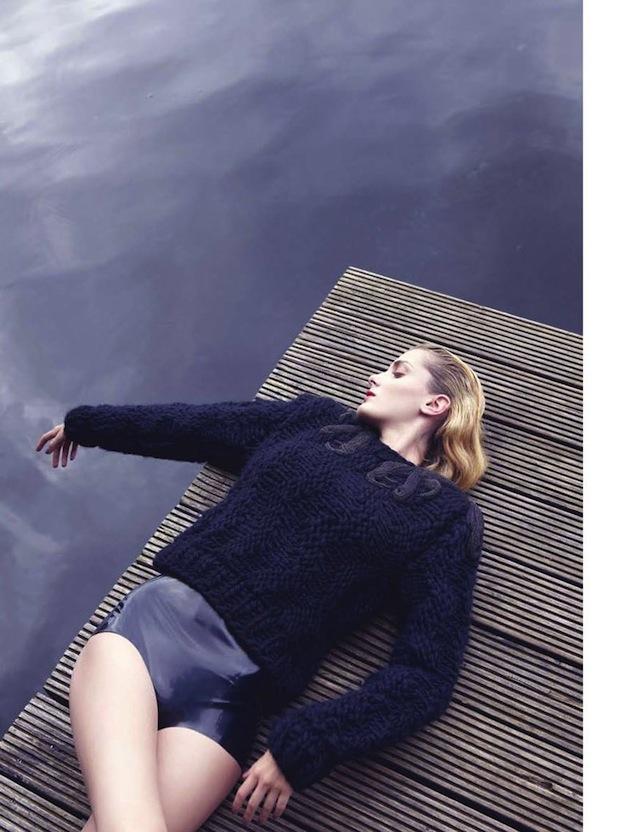
- Los chinos utilizaban la lana para conservar el hielo bajo altas temperaturas. / Chinese people use wool to preserve ice in high temperatures.
Ideas para llevar prendas de lana / Ideas to wear wool clothing.

Existen muchas prendas que se fabrican con esta fibra, pero en la actualidad son dos las que vemos mas en las tiendas, en las revistas o via online: el jersey, y el vestido. / There are many garments that are made with this fabric, but right now are two the ones that we see more at the stores, at the magazines or online: the sweater or pullover, and the dress.
1. Sweater, jumpsuits or pull over.

Cortos, largos, a modo vestido, todo vale. Lo importante es que estés cómoda, que no lo dudo porque es uno de los tejidos mas elásticos que existen, y que lo combines lo mas acorde con tu estilo y las tendencias. / Shorts, long, as a dress, all is suitable. The most important is to be confortable, that I don't dude it because it's one of the most elastics fabrics that exist, and that you mix it well with your style and the fashion trends.


Es genial cuando tienes prisa, porque te lo pones con un pantalón o un vaquero y lista. / It's great when you are in a rush, you mix it with pants or jeans and you are ready.



Otra idea, que se ha visto durante el ultimo año en fashionistas, bloggers y marcadores de tendencias, es combinar un jersey de lana de aire casual con una falda que vista un poco. El efecto que consigue es muy trendy, juvenil, y chic. / Another option, that has been seen during the last year on fashion people, bloggers and trend setters, is the mix of a casual wool sweater with a dressy skirt. The effect is great, trendy, youthful and chic.



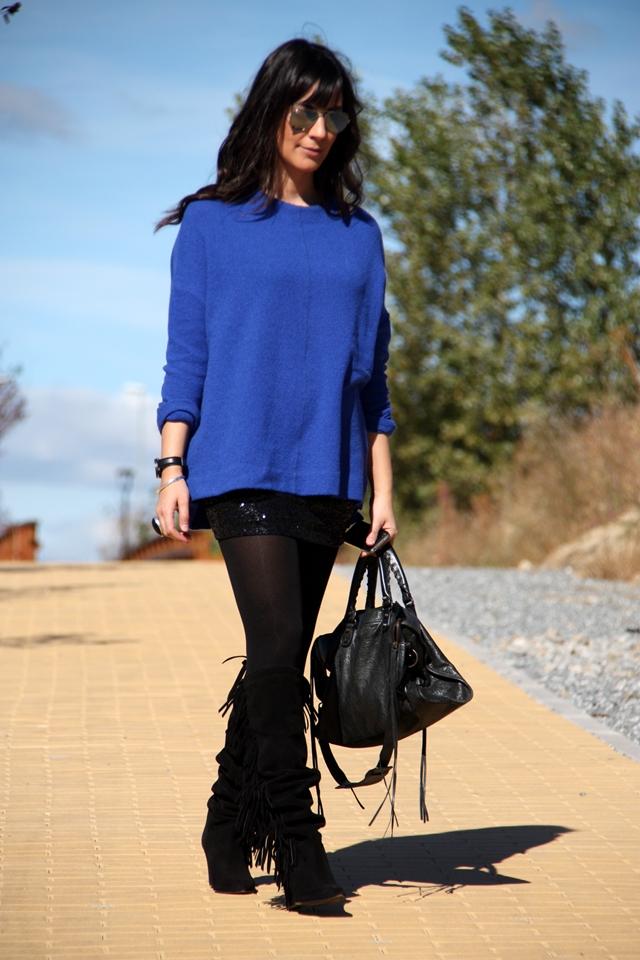 Courtesy of Pilar from Oh my blog.
Courtesy of Pilar from Oh my blog.2. Vestidos. / Dresses.
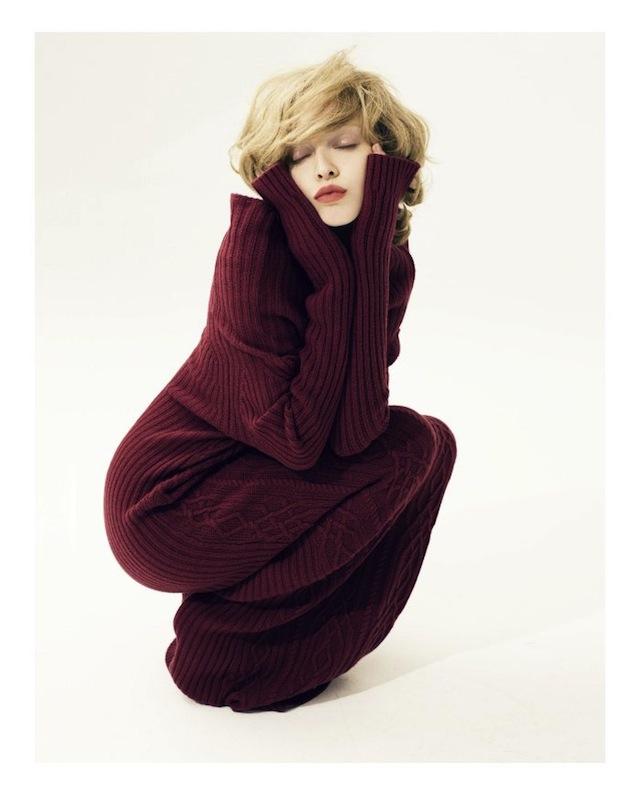
La prenda mas femenina que existe es sin duda el vestido. Aunque si esta hecho en lana, sexy sexy no es, pero si es tendencia, y es comodisimo, es ideal para ir a trabajar, salir con las amigas o tomar un café. Lo importante es saber combinarlo y jugar con los accesorios, lo demás viene solo. / The most feminine garment it's the dress. Although it is made of wool, isn't sexy but it's trendy, and confortable, ideal to go to work, hung out with friend, or have coffee with someone. What is important is to mix it and play with accessories the rest come alone.

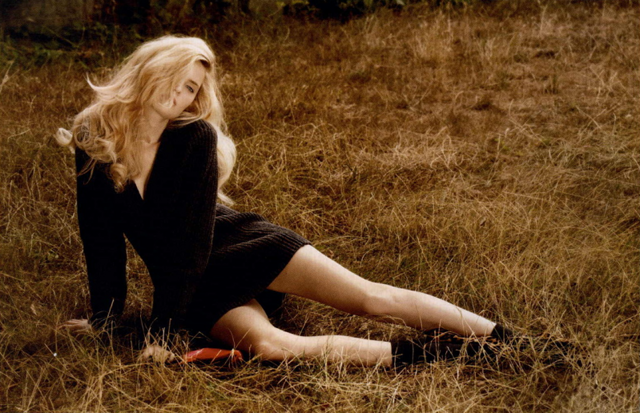
Ellas también lo llevan. / They also wear it.


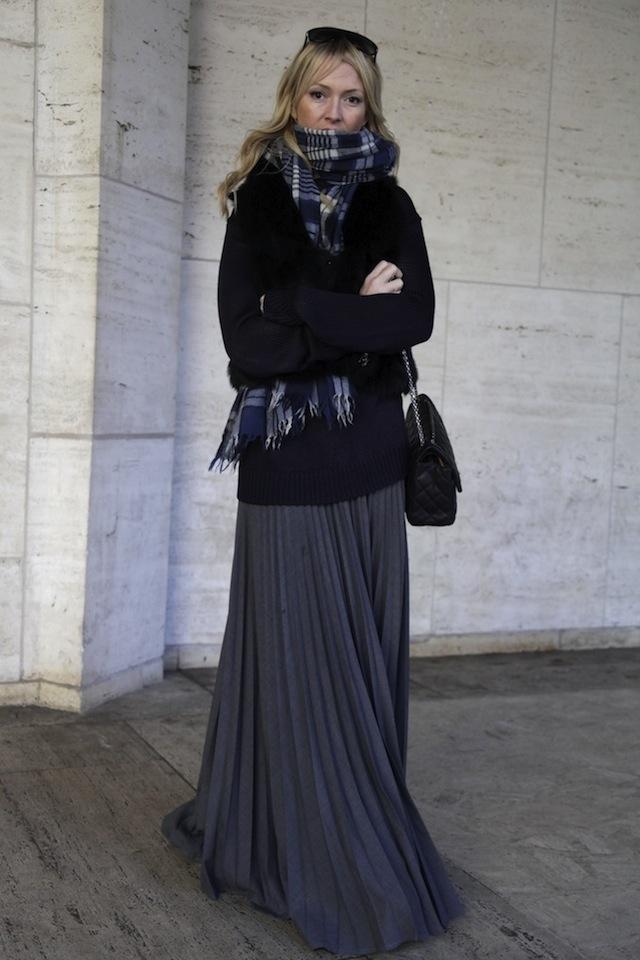





Y tu ¿estás a favor de la lana o prefieres otras telas? y en cuanto a las prendas, ¿con cual te quedas? / And you are into this fabric or you rather stay with others? and about the garment, which one is your favorite?
¡¡¡Buen fin de semana. Besos!!! / Have a great weekend!!!
Mia

Sources: Fashion Gone Rouge, Wildfox, Stockholm Street Style, Jack and Jil, Fashion Copious, Oh my blog, Olivia Palermo blog.

